Veterans
 Citrus Alternative Medicine
Citrus Alternative Medicine
By: Joseph E. Samuels, D.O.M.
Doctor of Oriental Medicine
Having served in the United States Army 101st Airborne division himself, Dr. Samuels understands some of the difficulties veterans face after returning home from active duty. Oriental Medicine is very beneficial for treating veterans because Oriental Medicine in its theory treats the patient as a whole entity (physically, mentally and emotionally). In my personal experience of working with veterans over the past 19 years I have found this approach to medicine is well received and very much appreciated by our veterans.
According to the philosophy of Oriental Medicine, the physical body, mental body and emotional body cannot be separated. If a patient has a symptom occurring in the physical body, the patient will also experience symptoms in the mental body and emotional body as well and vice versa. Therefore, all three areas are addressed during the course of treatment.
A good example of how this interaction is viewed from an Oriental Medicine perspective would be a veteran who suffers from Post-Traumatic Stress Disorder (PTSD) as a result of being in combat. This patient like all patients, will always experience symptoms that manifest in all 3 bodies at the same time. Listed below are a few examples of symptoms patients may experience simultaneously.
The Emotional Body: Such As
- Fear and Panic Attacks
- Anxiety
- Depression
- Instant and Intense Anger
- Emotionally Numb
- Constant Worry
- Extreme Remorse
The Physical Body: Such As
- Extreme Fatigue
- Muscle and Joint Weakness
- Digestive Disorders
- Overall Physical Pain
- Weak Immune System
- No Stamina
- Always Sick
The Mental Body: Such As
- Insomnia
- Nightmares
- Suicidal Thoughts
- Disturbing Memories
- Feeling Distant from Others
- Difficulty Concentrating
- Severe Mental Restlessness
When a Doctor of Oriental Medicine examines a patient for the first time, the physician will thoroughly document all information and then start the process of discussing each symptom step by step, asking what symptom manifested 1st, 2nd, 3rd, etc. The physician will then briefly explain how the physical, mental and emotional bodies interact with each other and as time goes on, more detailed information will be given so that the patient can develop a clear understanding of how this process works. This aspect of Oriental Medicine is very important because it helps the patient understand why they are experiencing their symptoms and what can be done to correct their condition.

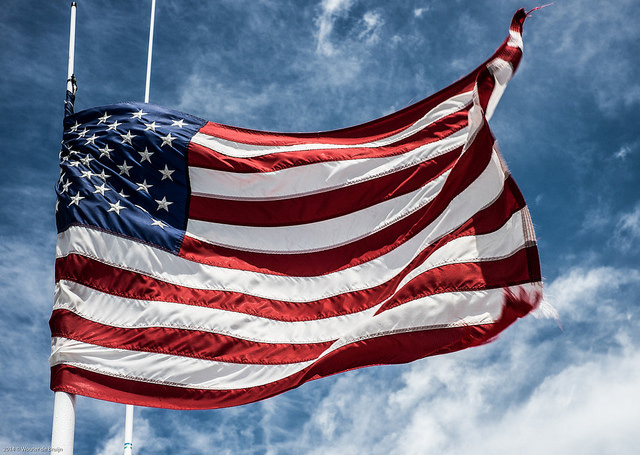
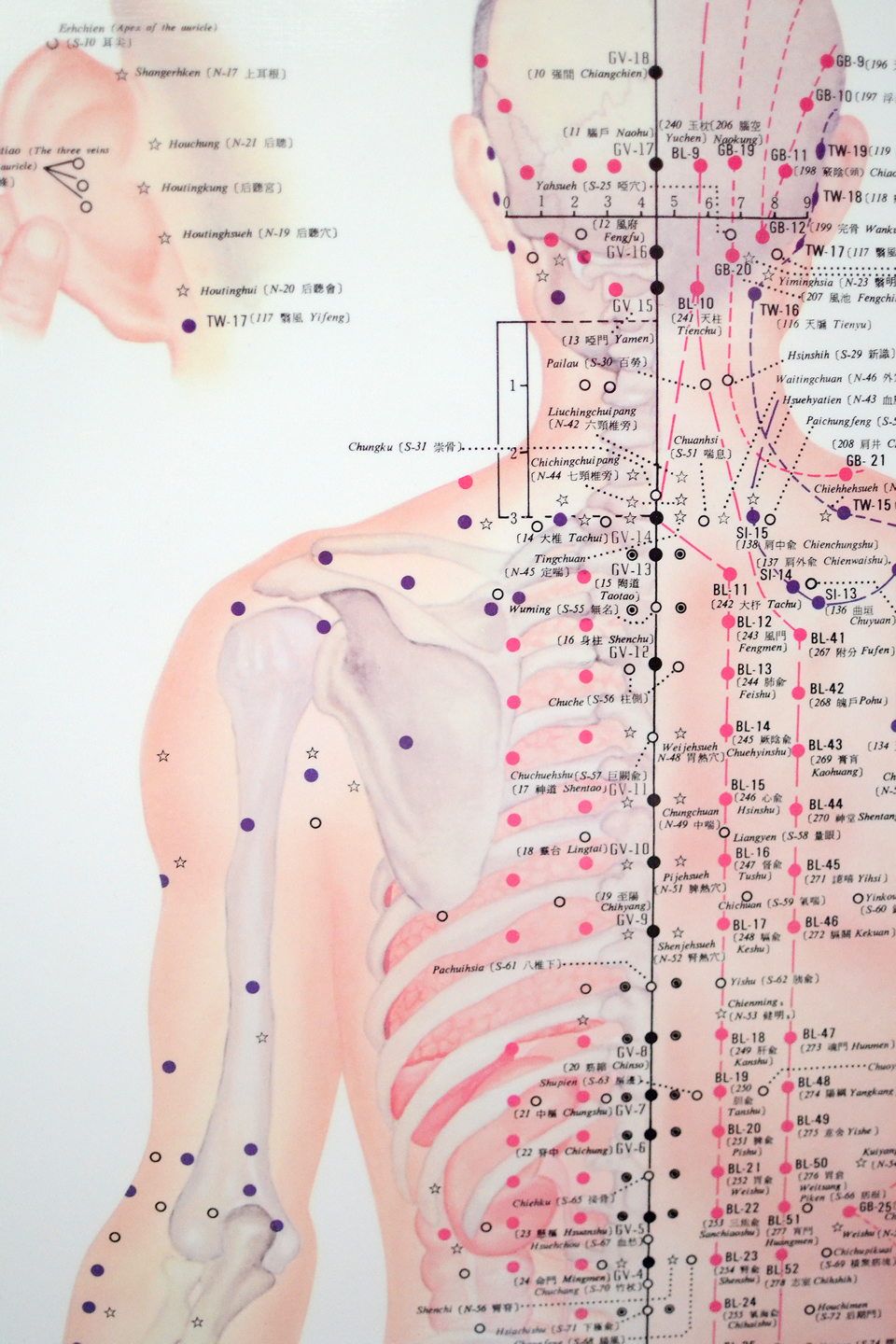
 Citrus Alternative Medicine
Citrus Alternative Medicine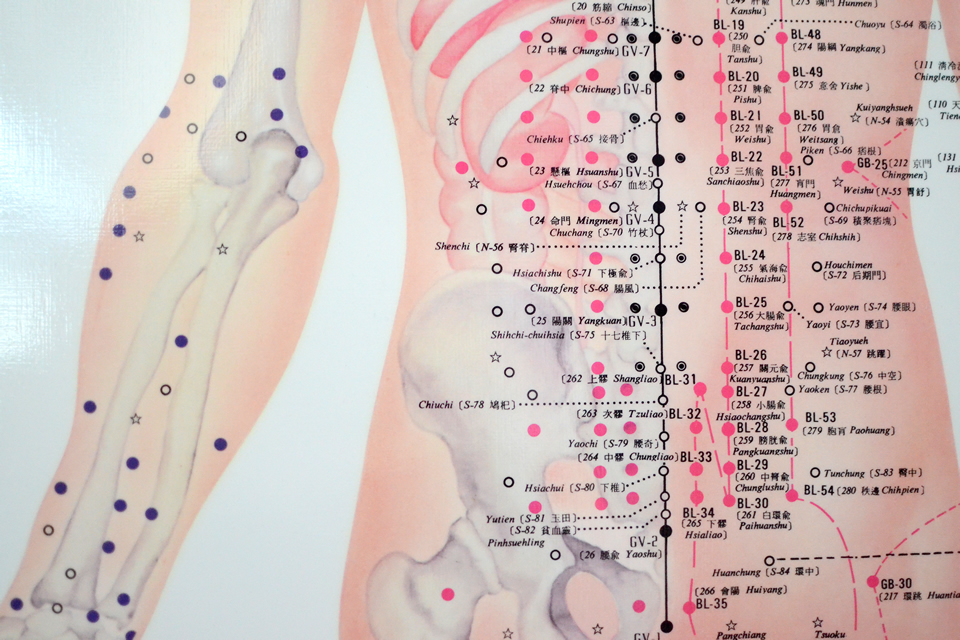
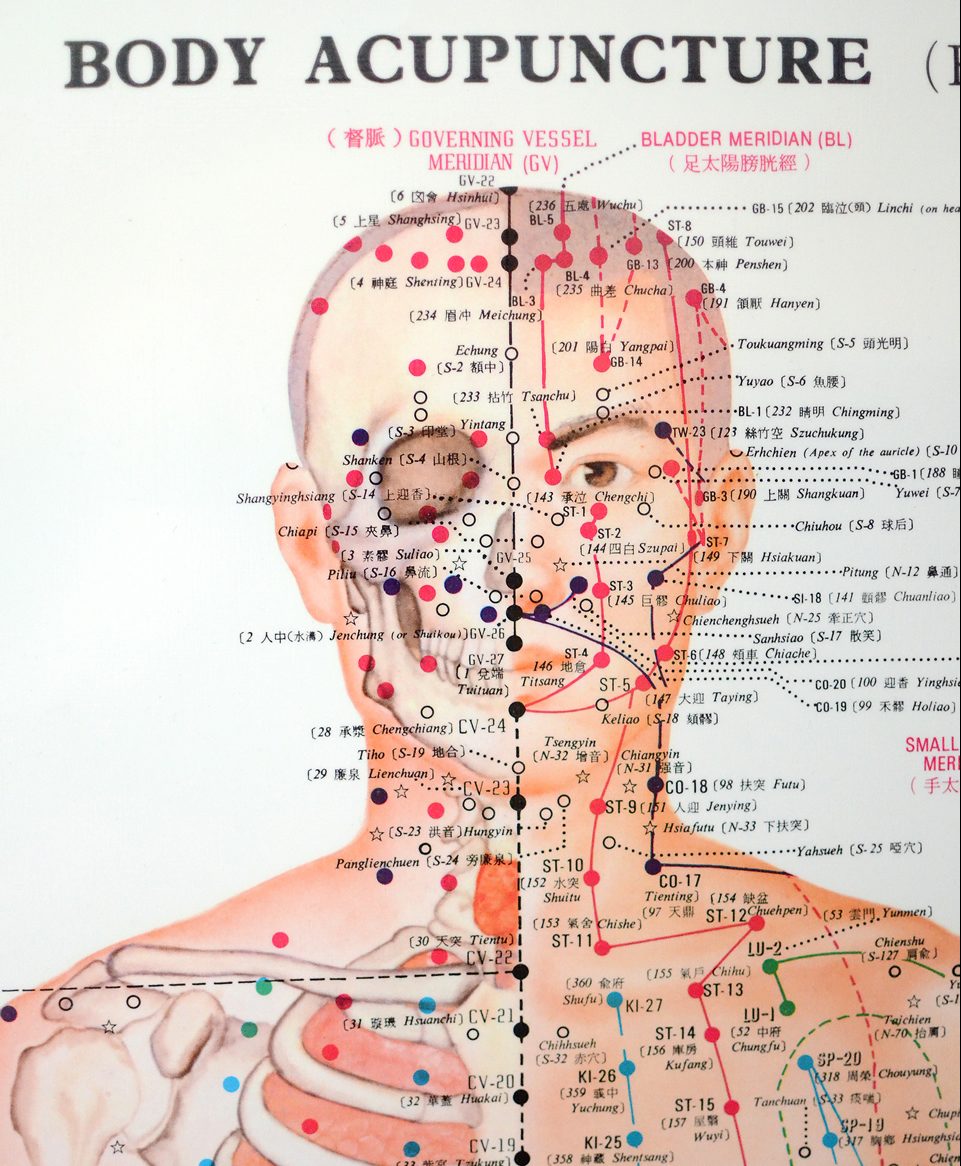
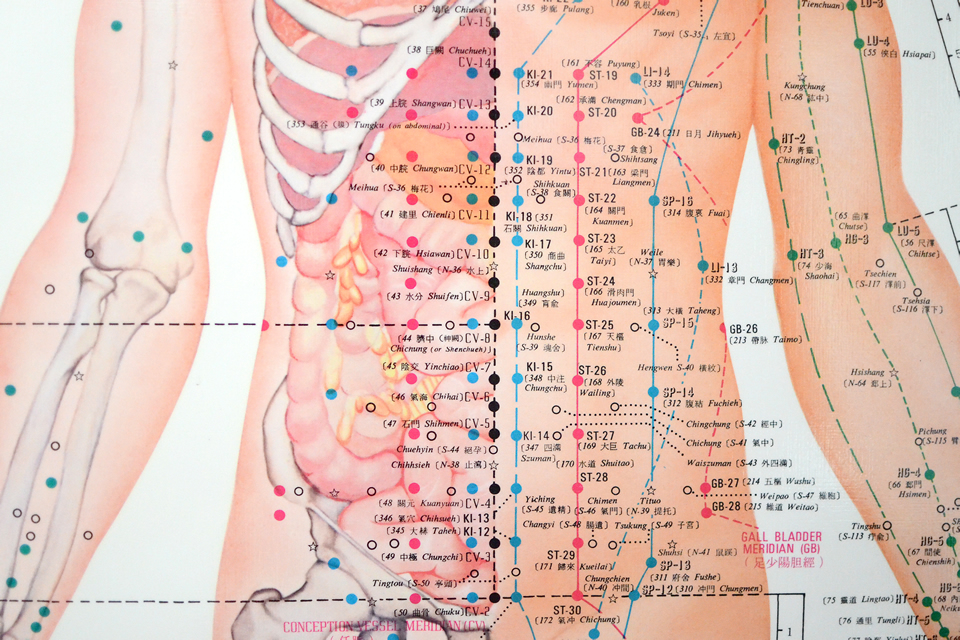
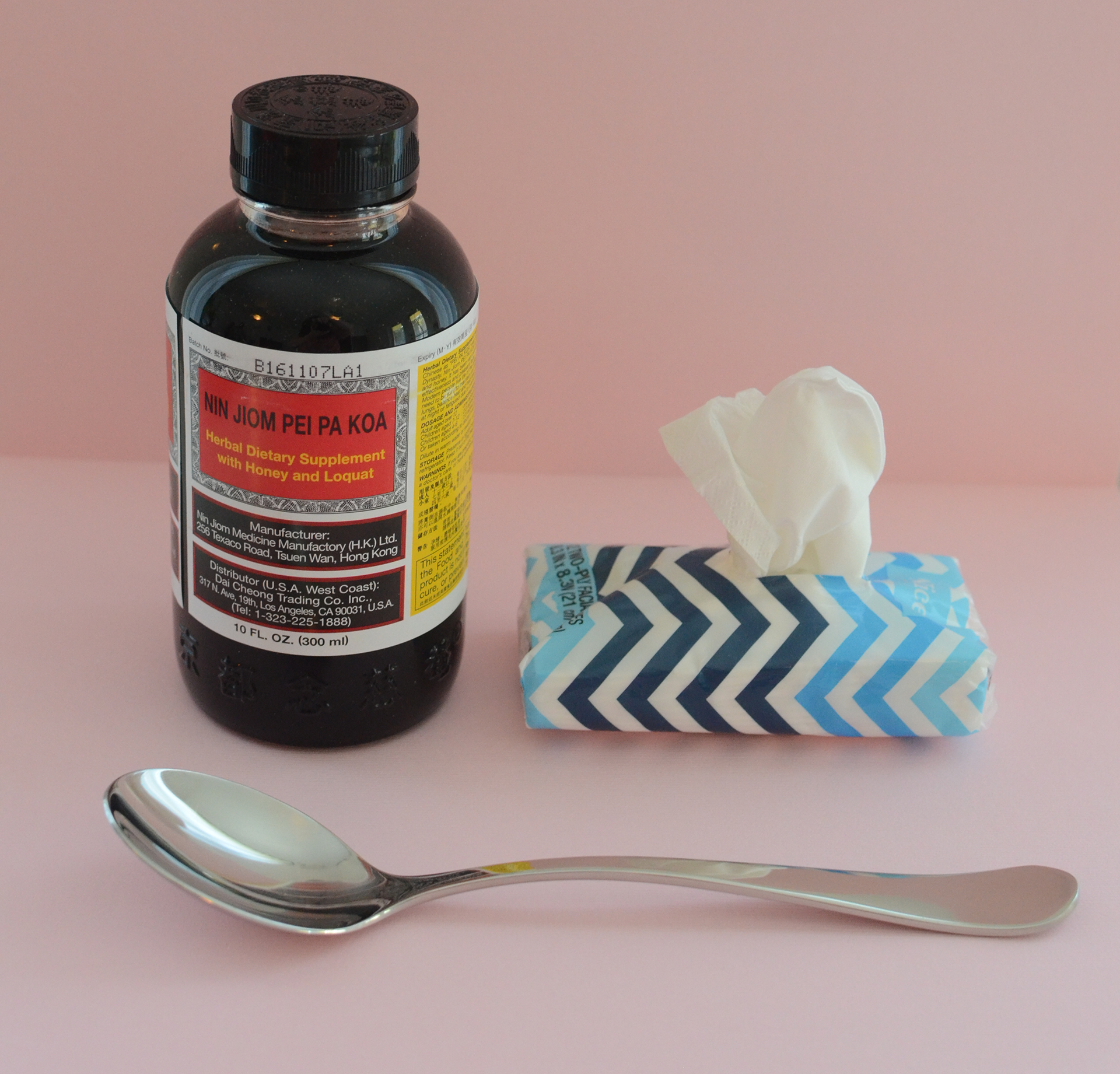
You must be logged in to post a comment.